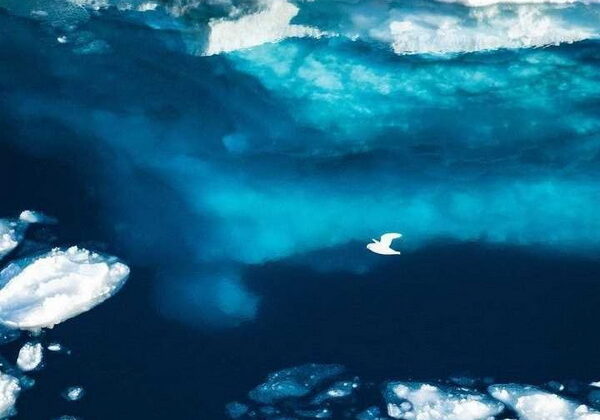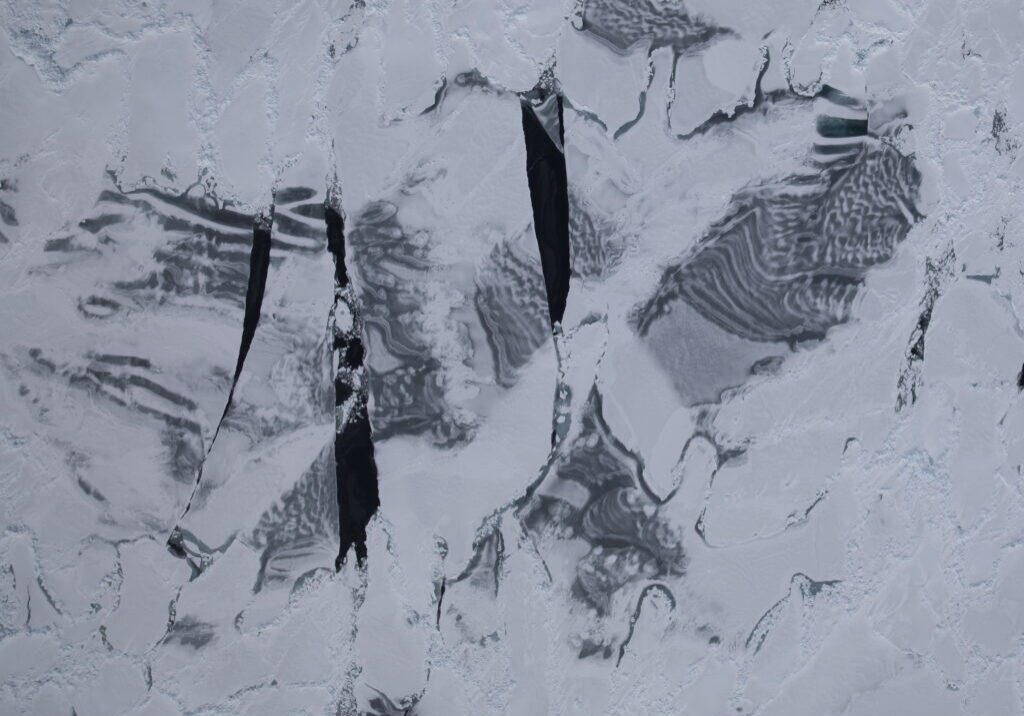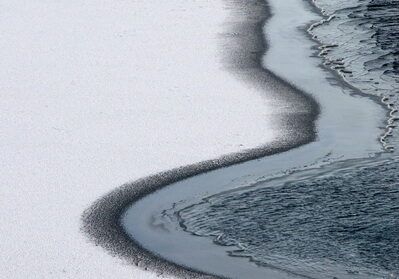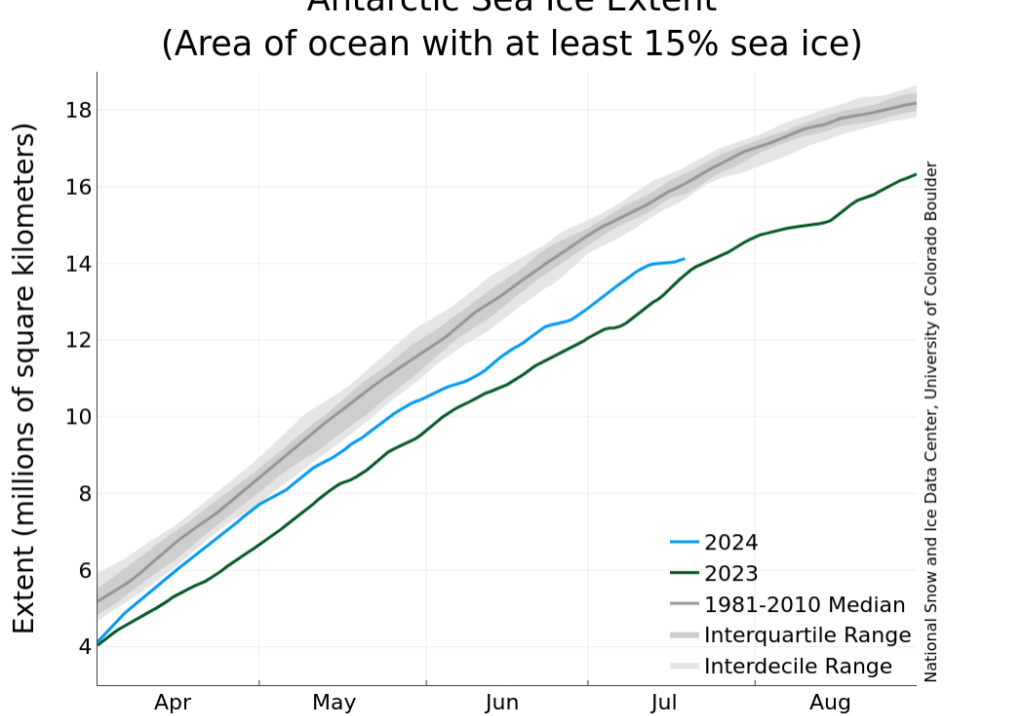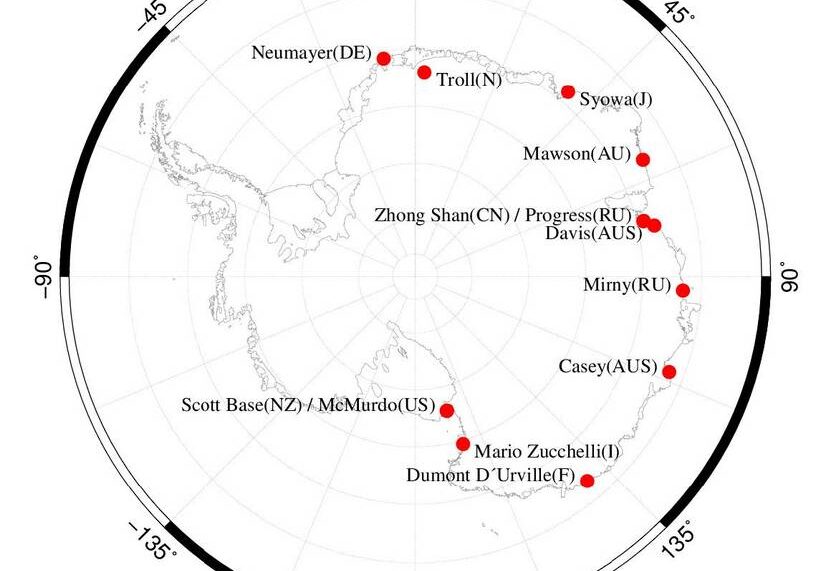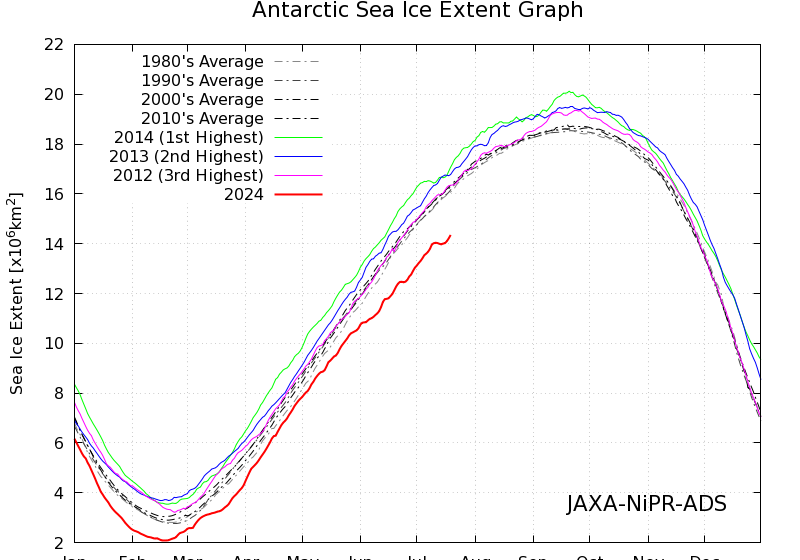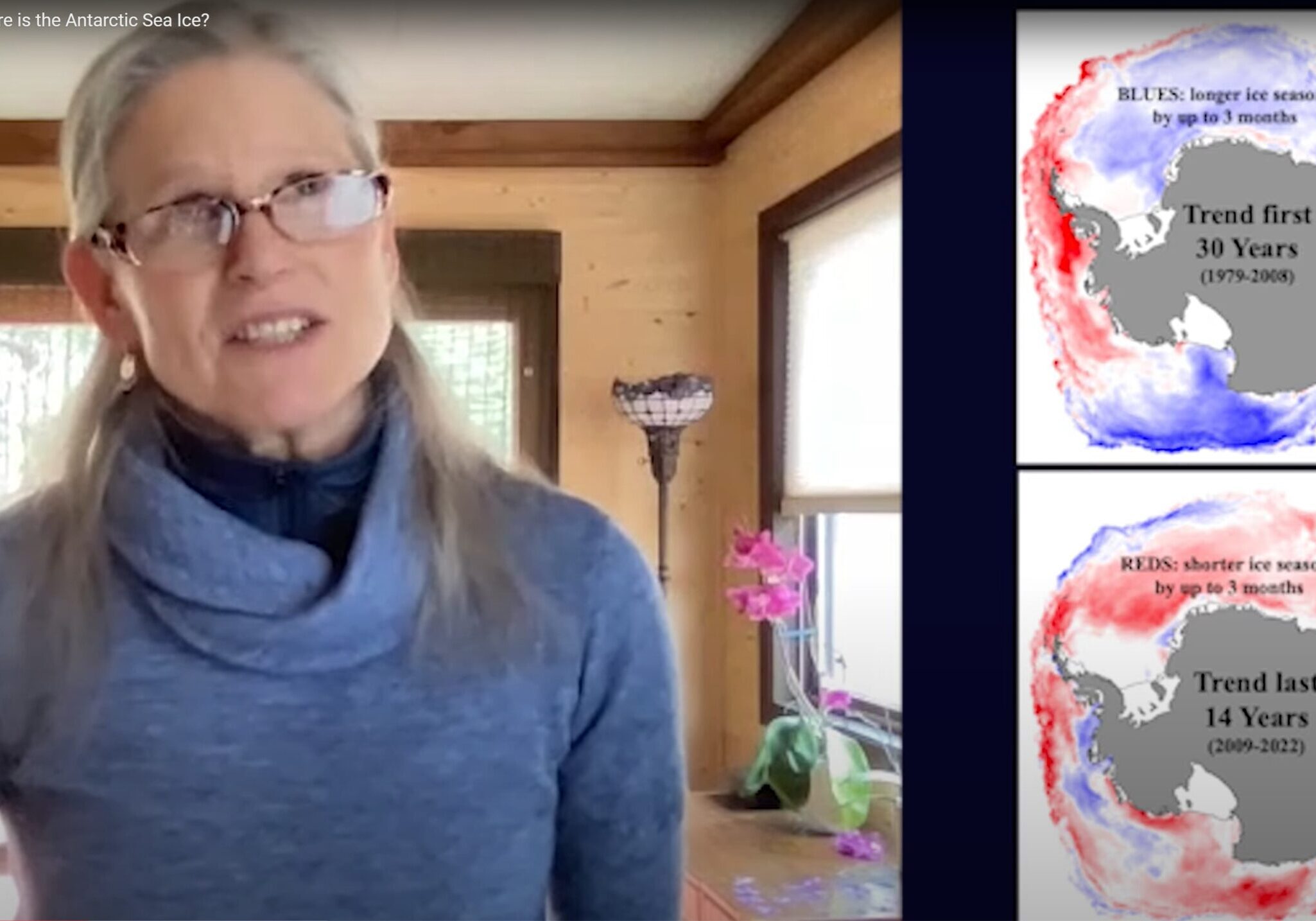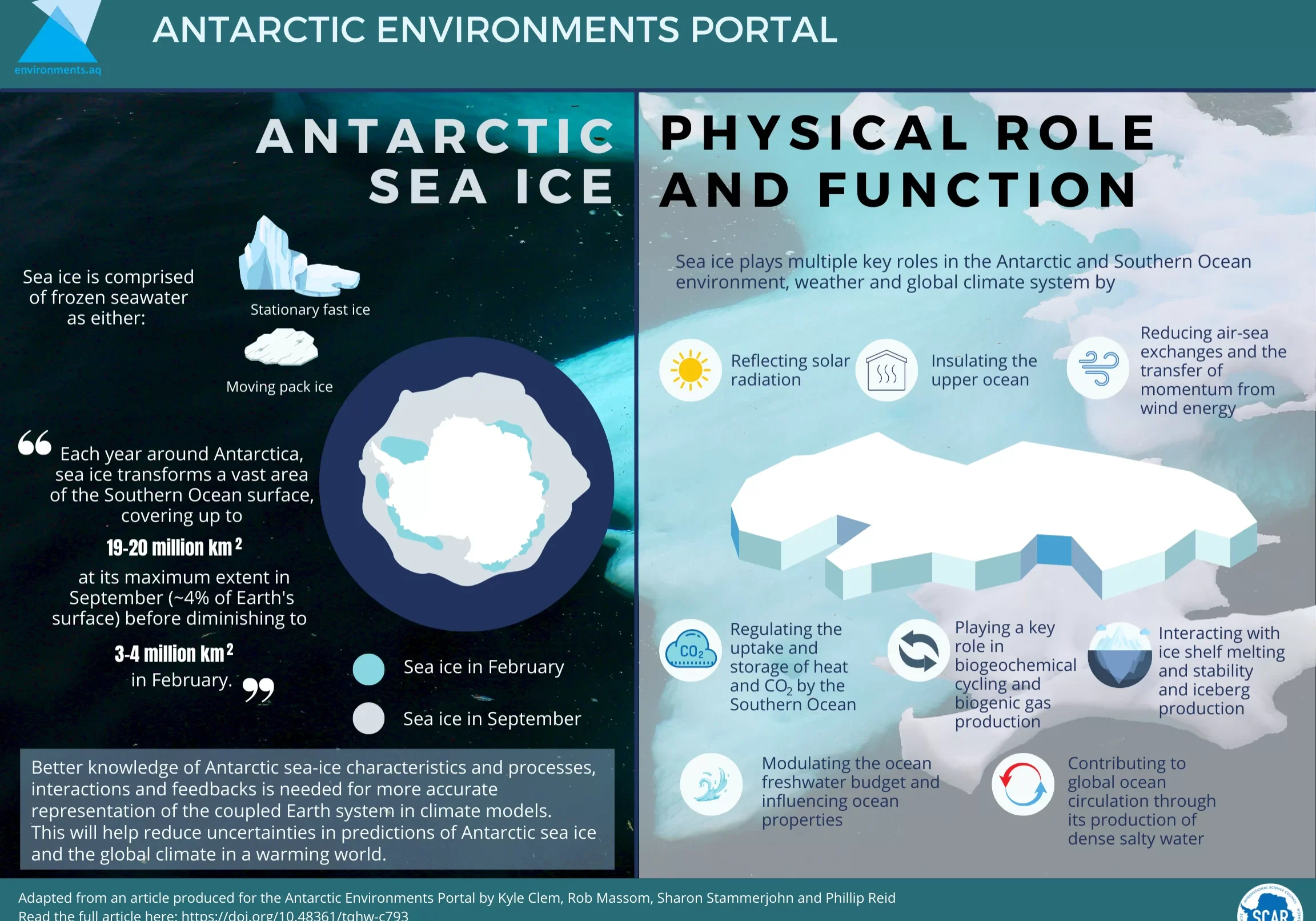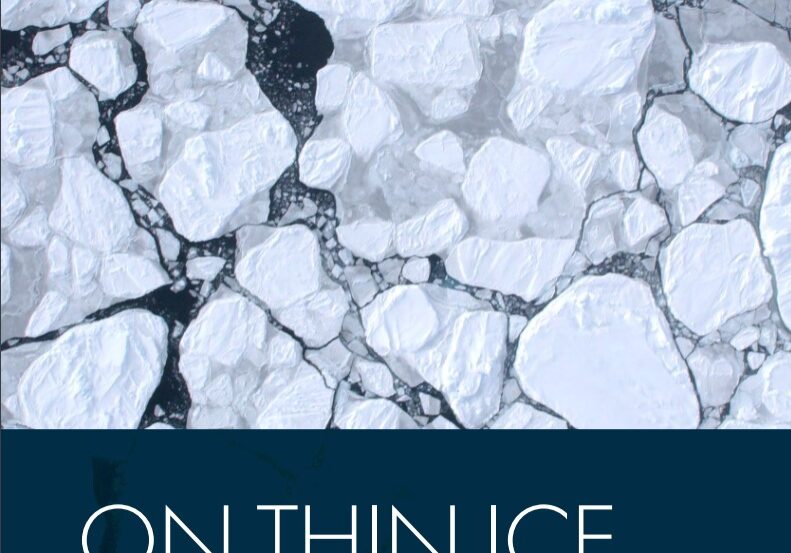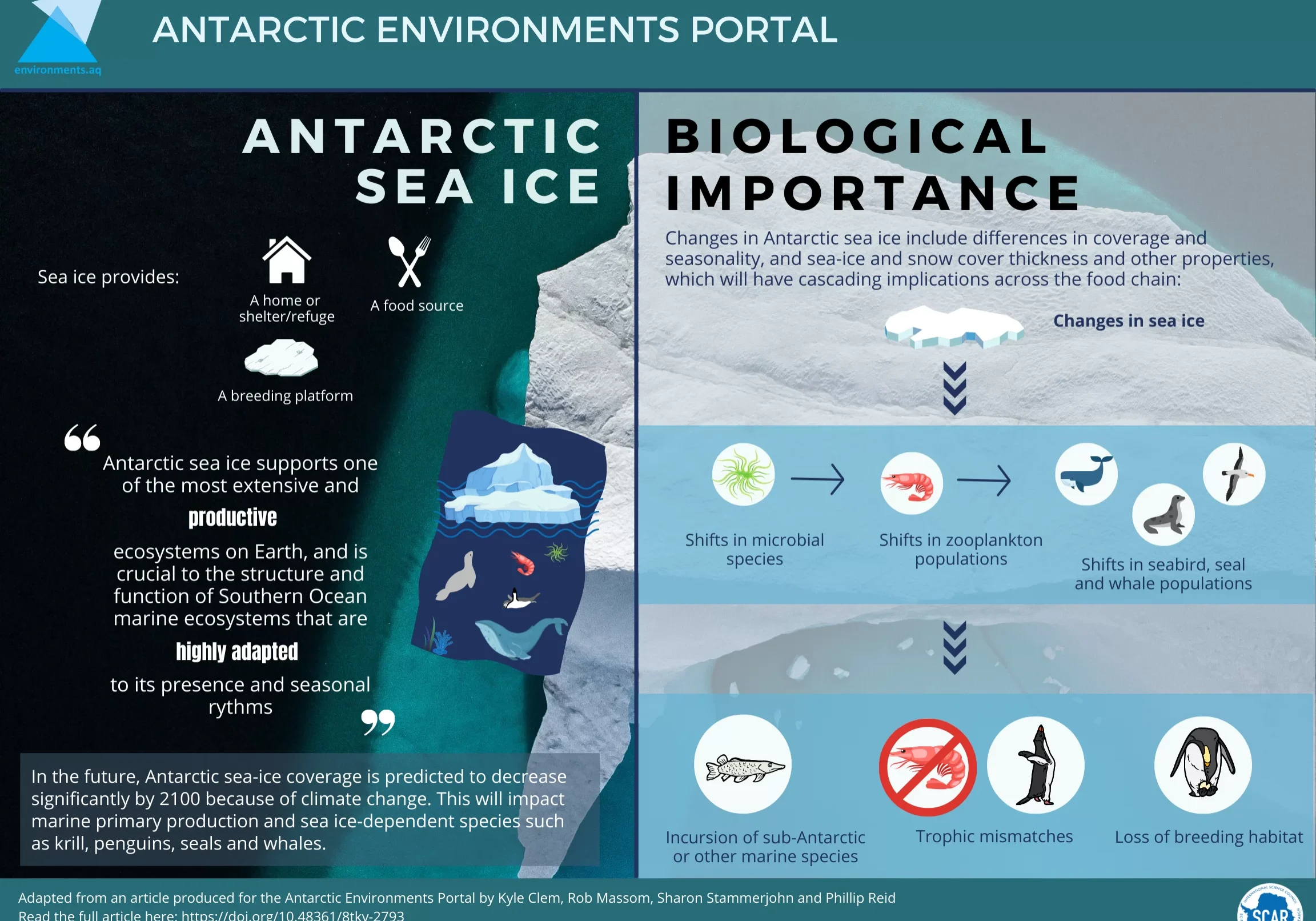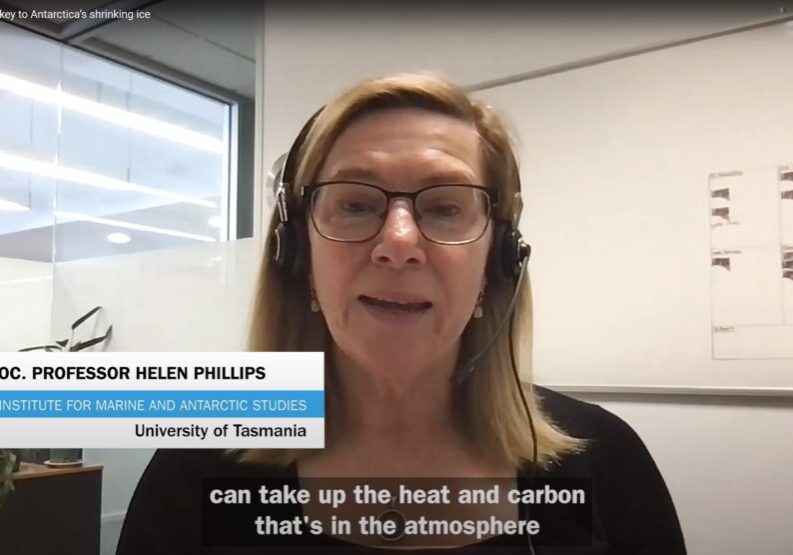Glossary
Sea-ice terms used by scientists, observers, mariners and submariners. Compiled from various sources including NOAA National Weather Service Glossary 2009, AMS glossary of meteorology, and Environment and Climate Change Canada Glossary 2014; the consensus of which was compiled by WMO for Global Cryosphere Watch.
The International Programme for Antarctic Buoys (IPAB) maintain a network of drifting buoys in the Southern Ocean, in particular over sea ice, to provide meteorological and oceanographic data for real-time operational requirements and research purposes. IPAB is sponsored by the World Climate Research Program (WCRP).
nilas.org
nilas.org is a mapping tool displaying multiple layers of physical and biogeochemical variables of the Antarctic sea-ice zone. The data are derived from remotely sensed and reanalysis products and updated as source data become available. nilas.org was developed by the Australian Antarctic Division.
The National Snow and Ice Data Center (NSIDC) provides near real-time data and monthly analysis on how Arctic and Antarctic sea ice is changing and what conditions may be playing a role.
AFIN
The Antarctic Fast Ice Network (AFIN) was initiated as legacy project under the 4th International Polar Year (IPY) to establish an international network of fast-ice ovserving stations around the Antarctic coastline. Baseline data acquired under AFIN include ice and snow thicknesses, freeboard, dates of fast-ice formation, and (intermittent and final) breakout.
Additional material
Scrolling stories, presentations and infographics about sea ice in the Southern Ocean.

